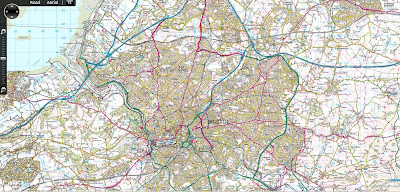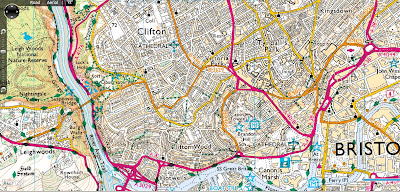Having recently announced our new Series Caches, in which you can group similar caches to form a collection at OpenCaching.com, we’re excited that the Kansas Department of Wildlife, Parks and Tourism has used this new tool to create their 2011 State Park Challenge. This statewide contest, which has a total of 31 participating State Parks and Wildlife Areas, began in May and ends on Nov. 1. Only Official KDWPT Challenge caches are eligible for this statewide contest, and a complete list of rules, prizes, and entry forms can be found at KDWPT’s website.
You can find the special KDWPT Series page at OpenCaching.com by clicking this link, which makes it simple to download the whole batch. And even if you don’t complete all 31 caches, you can still submit a partially completed form to KDWPT and be entered to win some great Garmin accessories. If you have a similar idea for a Series or a promotion, contact us at http://bit.ly/OCmail and we’ll work together to get things up
The Kansas Department of Wildlife and Parks currently manages 24 state parks across the state and The Prairie Spirit Trail. Most have access to reservoirs and wildlife areas. Many also have trails for hiking, biking or horseback riding. Fifteen state parks (Cedar Bluff, Cheney, Crawford, Cross Timbers, El Dorado, Eisenhower, Glen Elder, Kanopolis, Lovewell, Milford, Perry, Prairie Dog, Tuttle Creek, Webster, Fall River, Pomona and Wilson) now provide cabins, both primitive and modern. A few parks are preserved natural areas, allowing visitors to enjoy unspoiled wild Kansas. Many parks host annual events such as concerts, festivals, and competitions. Whatever your outdoor interest – hiking, camping, wildlife observation, fishing, bike riding, horseback riding, hunting, or just plain relaxing, a Kansas state park has what you’re looking for. If you’ve never been to a Kansas state park, visit the website at http://www.kdwp.state.ks.us/ to find brochures for each of the Kansas state parks.



